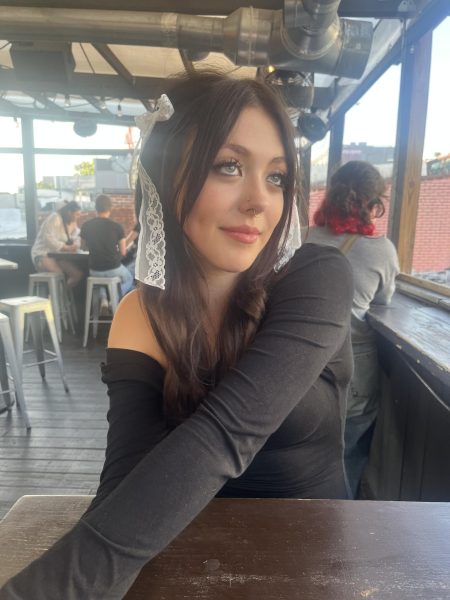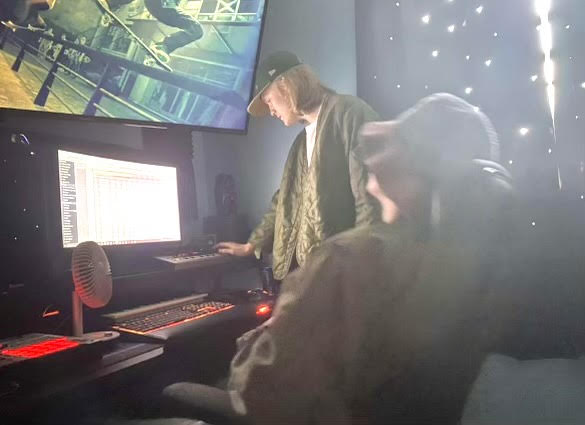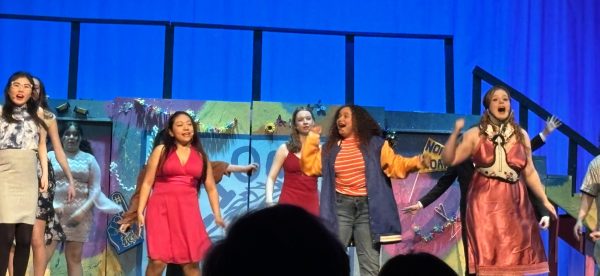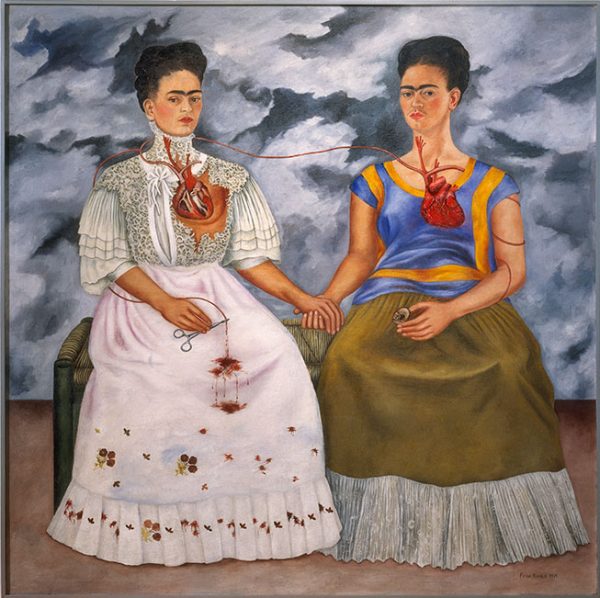Cappies Review: The Mousetrap
Written by Nhi Nguyen of Annandale High School
Submitted for publication to Cappies News 2
“For nobody else gave me a thrill, with all your faults, I love you still; it had to be you.” As a velvety voice echoed through a pitch-black theatre, a single spotlight illuminated the figure of a satin-clad diva singing her way across the stage. Justice High School brought the quintessentially British spirit of 1950s England to a high school auditorium in their production of Agatha Christie’s play, The Mousetrap.
The Mousetrap is a classic Christie murder mystery. A newlywed couple open a bed & breakfast, Monkswell Manor, in the wake of a recent murder in London. Once their final guest has arrived, they realize that they have been snowed in. After one of the guests is mysteriously murdered, it comes to their attention that not only are they snowed in, but they are trapped in the manor with a murderer. Greeted with a cast of eccentric and uniquely charming characters, it is almost easy to forget that amongst them lies someone with not so savory intentions.
Though widely acclaimed as a play, The Mousetrap started off as a short story written by Agatha Christie in the 1950s under the name of “Three Blind Mice”, as a gift to Queen Mary. It is the longest-running play in the history of London’s West End, having completed its 27,500th performance in 2018.
Mollie and Giles Ralston, the owners of the inn, were played by Sara Kaufman and Elijah Kassa, who displayed heartwarming chemistry each time they were together on stage. Mr. Paravicini, played by Valeria Peterson, interacted simultaneously with the audience and the other characters with his all-knowing omniscience and self-awareness. Peterson’s exaggerated physicality and endearing Italian accent created a character that made the audience laugh every time he was on stage. Sergeant Trotter, as played by Daniel Azcarate, went from a diligent police officer determined to investigate the murder at Monkswell to a crazed police officer fed up with the lack of cooperation from the guests. He developed this role through meaningful changes in his tone and body language.
Justice High School’s decision to include the element of a radio program added a layer of depth to the world they created on stage. Though never directly connected to the murder story, the radio hosts added suspense and foreshadowing, as well as some smooth promos. The Gumdrop Sisters, played by Fay Khateeb, Heulwen Rowlands, Mireille Kouagou, and Scarlett Naquin, helped further develop the 1950s atmosphere through their songs and provided appreciated interludes.
The technical elements of this play were clearly thought out. The lighting elements were designed by Elizabeth Cheek and Benny Ward, who also operated the light board. The lighting design helped seal the atmosphere of the 1950s – an example being the yellowed spotlights aging the scenes with the radio hosts. Benny’s design of the red eye lights for the murder scene created an eerie atmosphere and dramatic tonal shift to accompany an equally dramatic development in the plot. Sound was designed and operated by Ketan Kane– an imperative role in a time when mics are crucial in order to be heard beneath a mask. Additionally, Ketan controlled the sound effects such as the ringing of the telephone and the volume of the radio, details that added to the ambiance as a whole.
A classic that entertained just as much as it thrilled; a whirlwind of romance, grief, and murder. Add in a healthy dose of humor and you’ve got The Mousetrap. The people, ding, the music, ding, and the mystery, ding, of Monkswell Manor are sure to stay with audiences long after the curtain has been drawn.

Senior Emily Hawkins is thrilled to be this year's Co-Editor in Chief of The A-Blast. This is her third year in the program and was previous In-Depth Editor...













